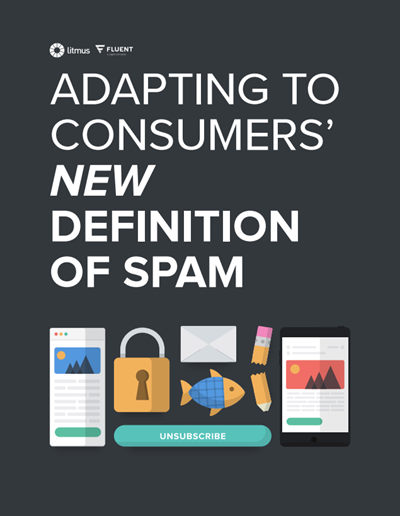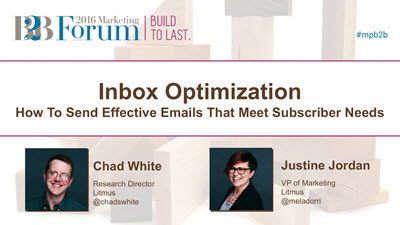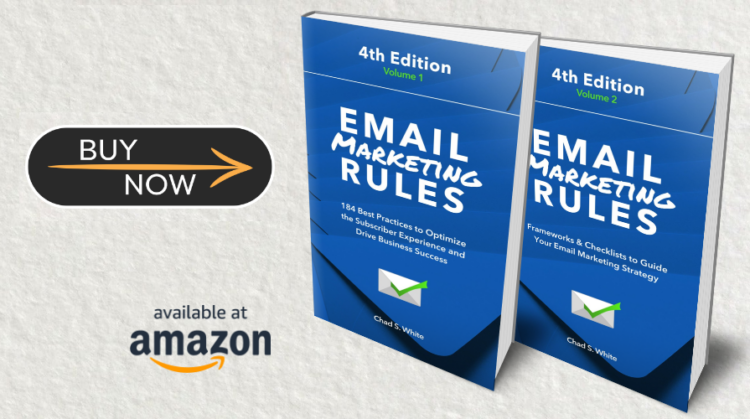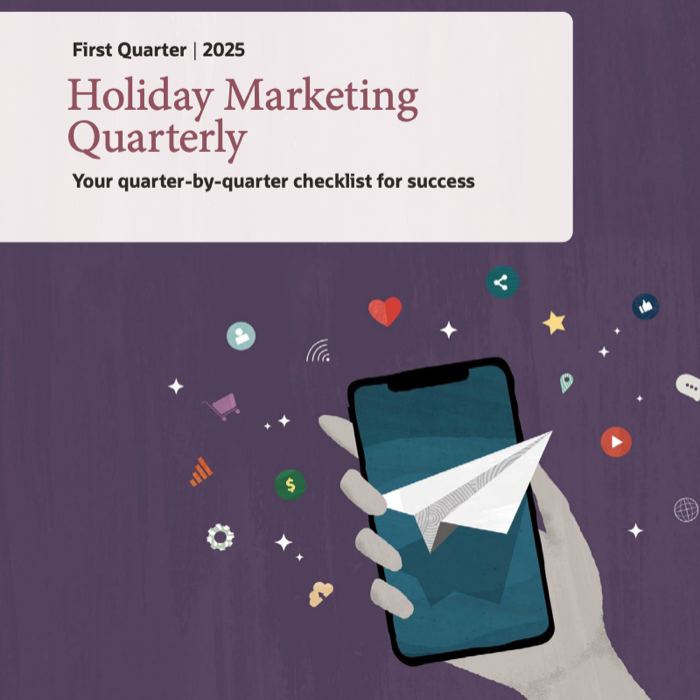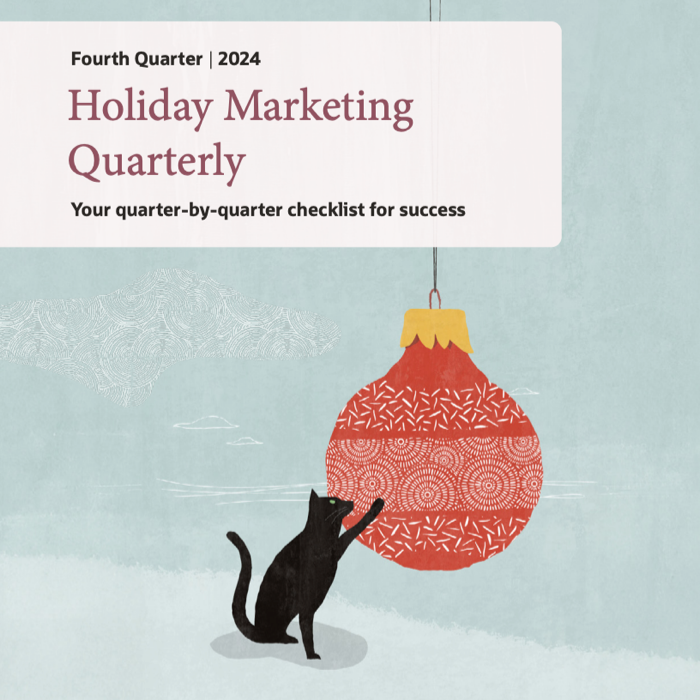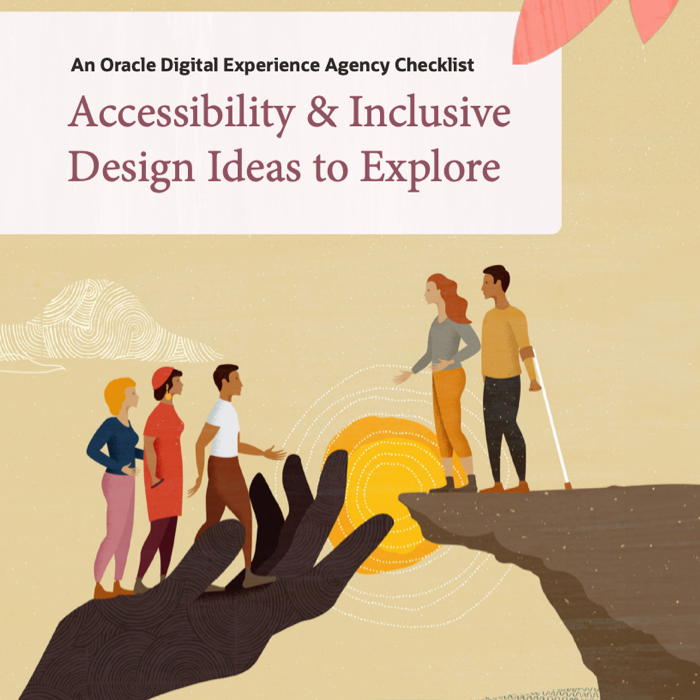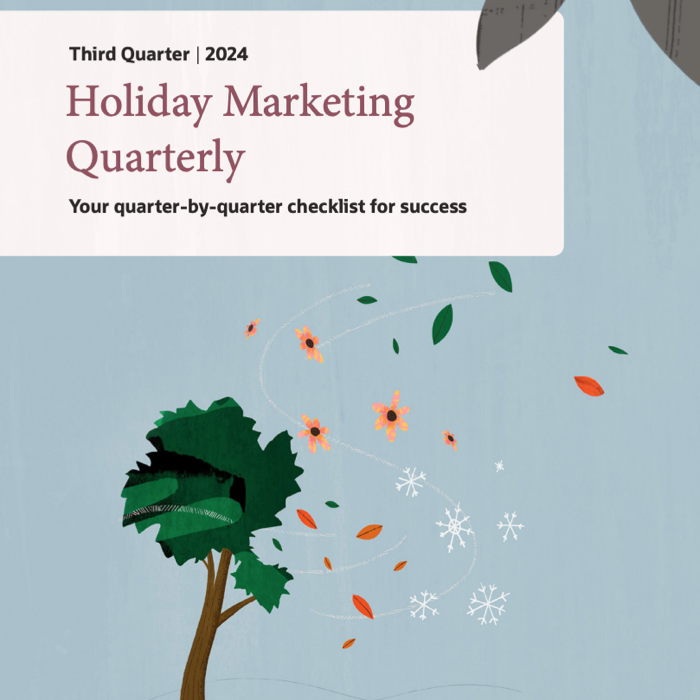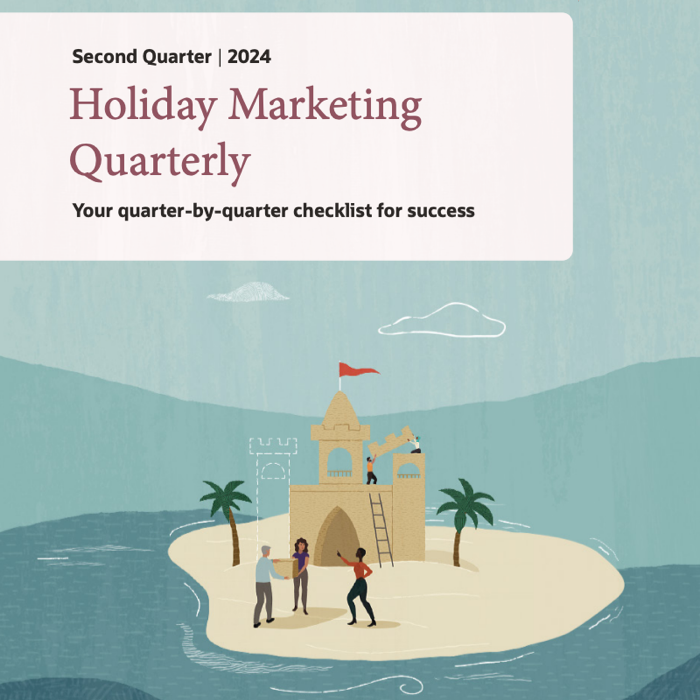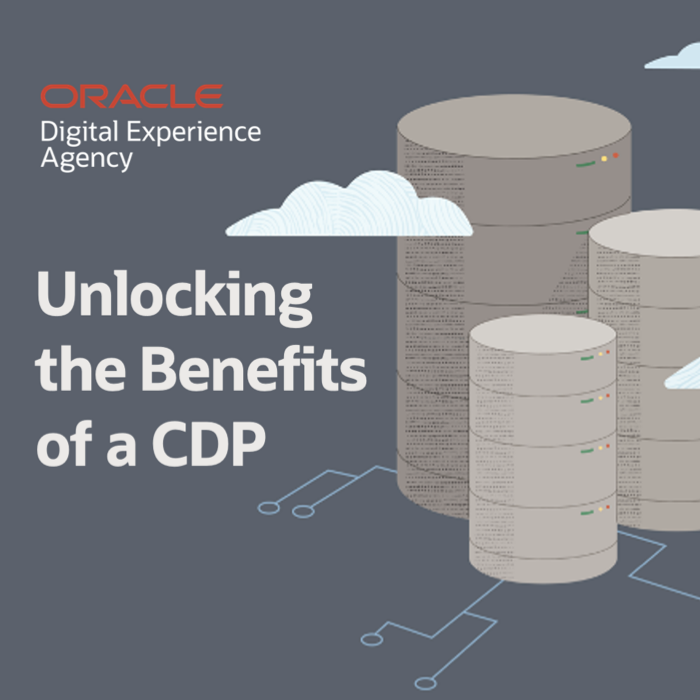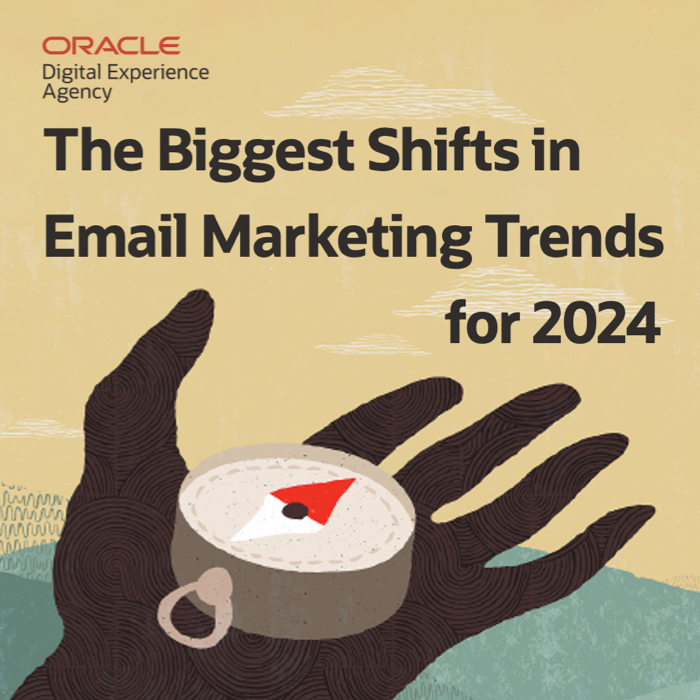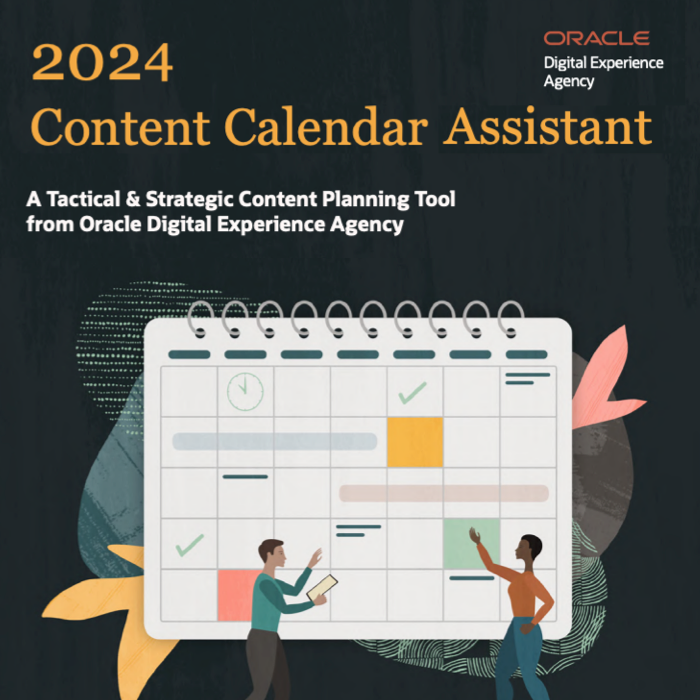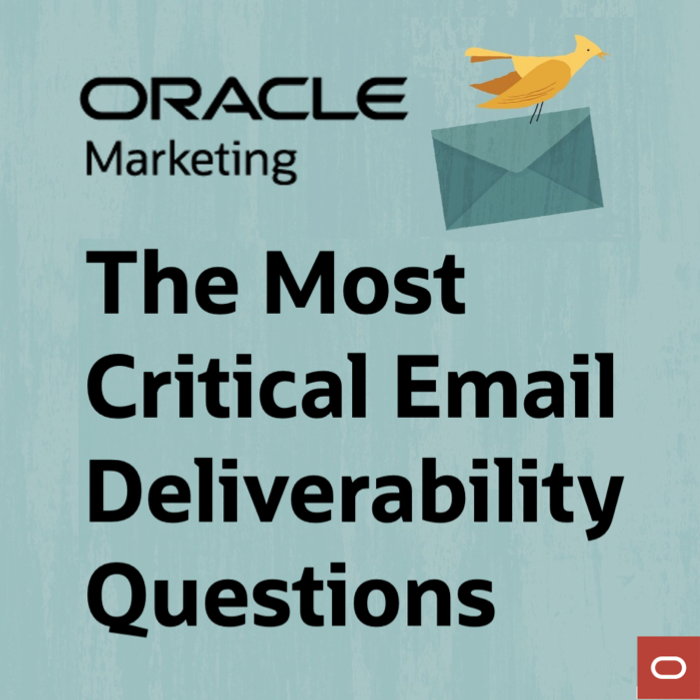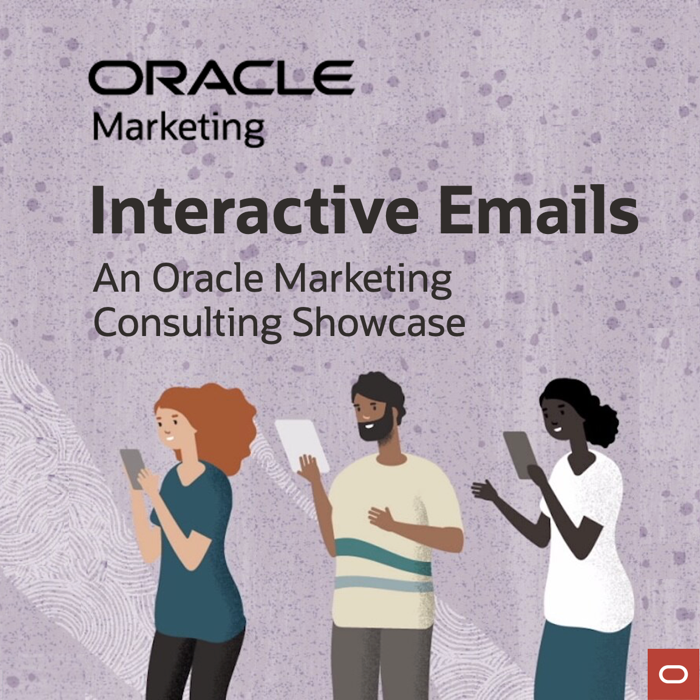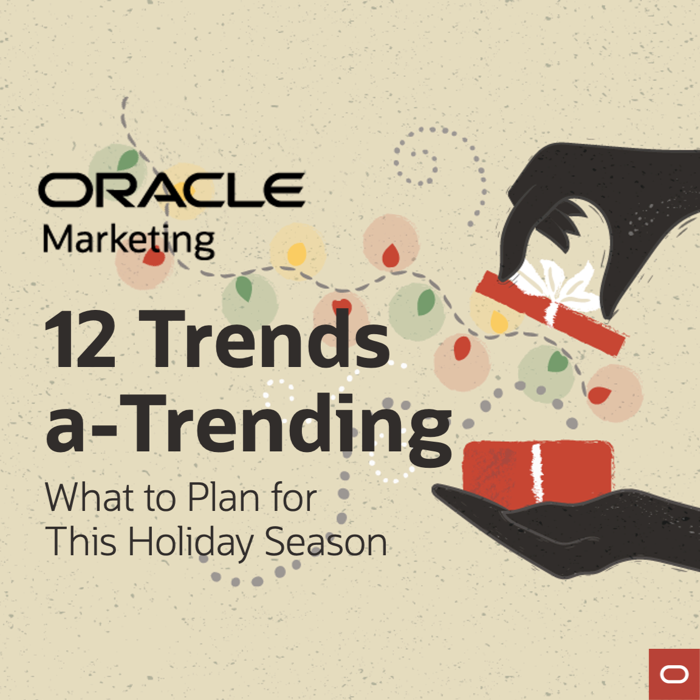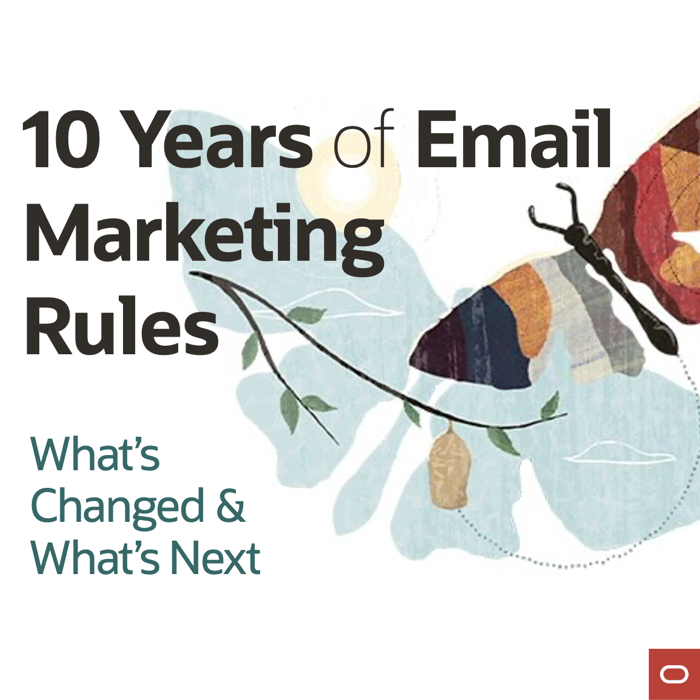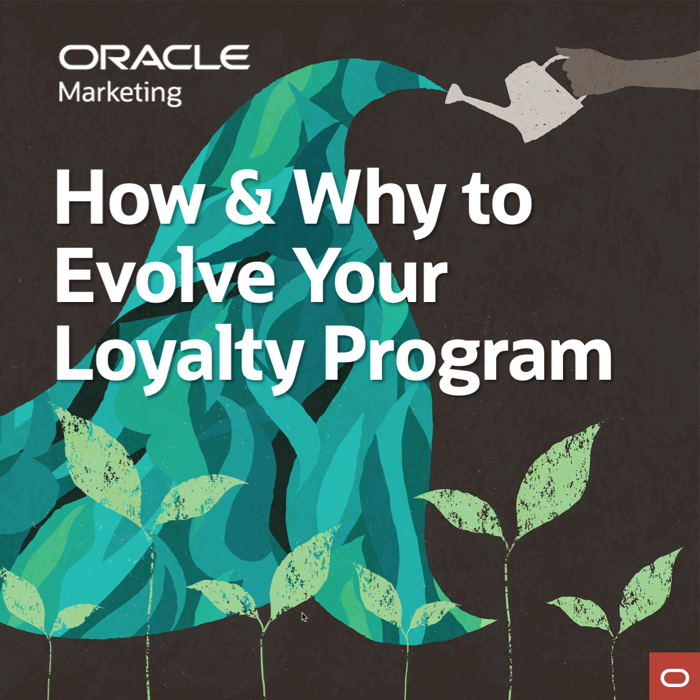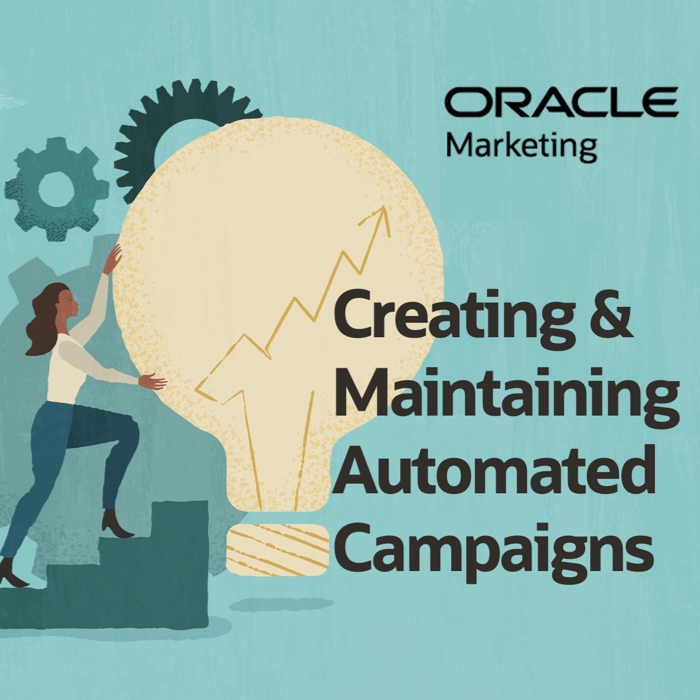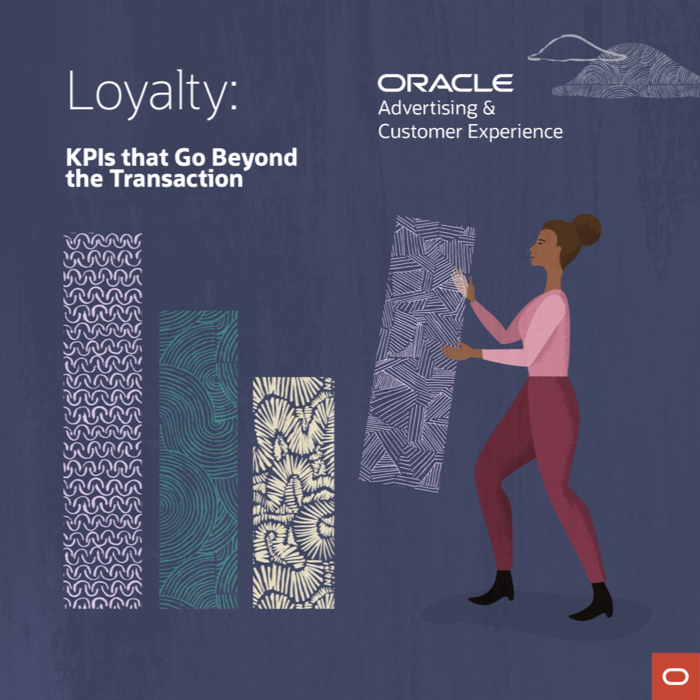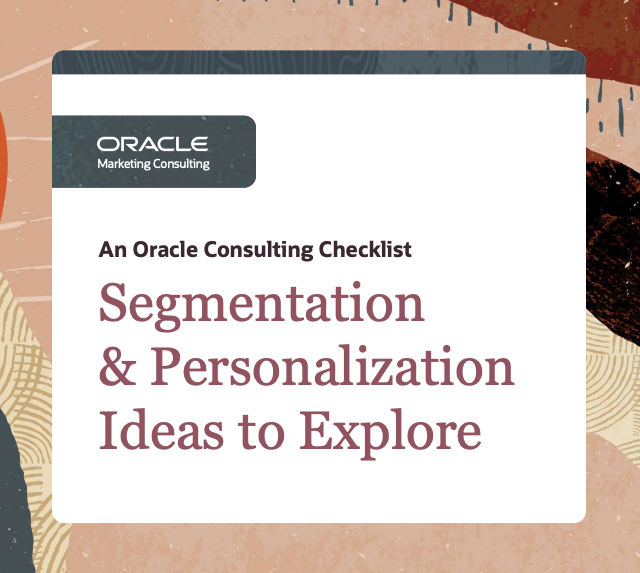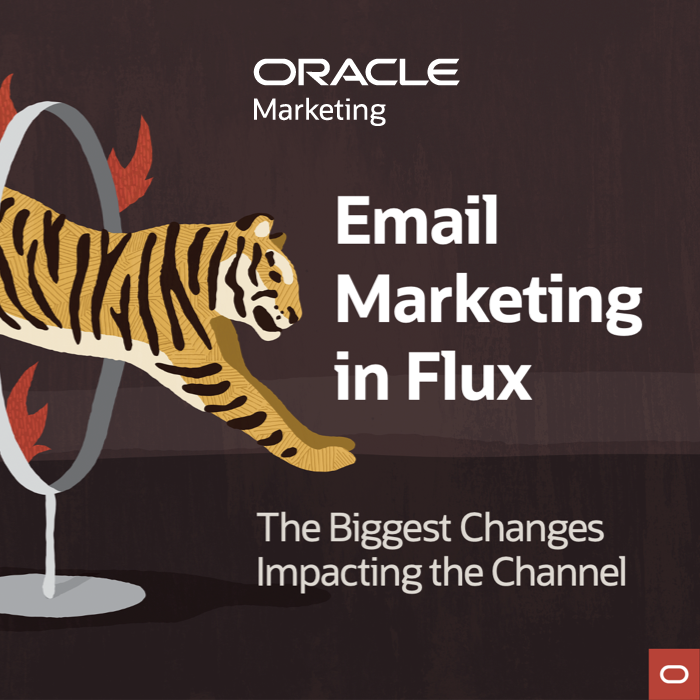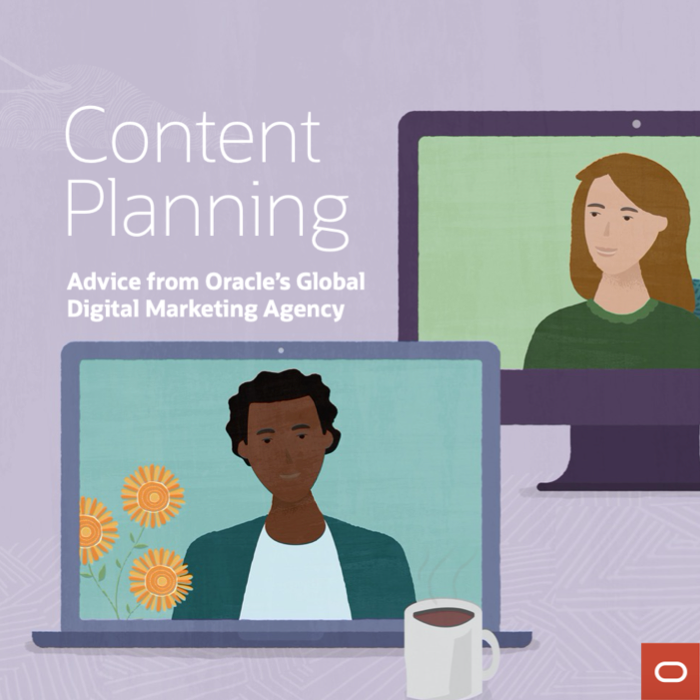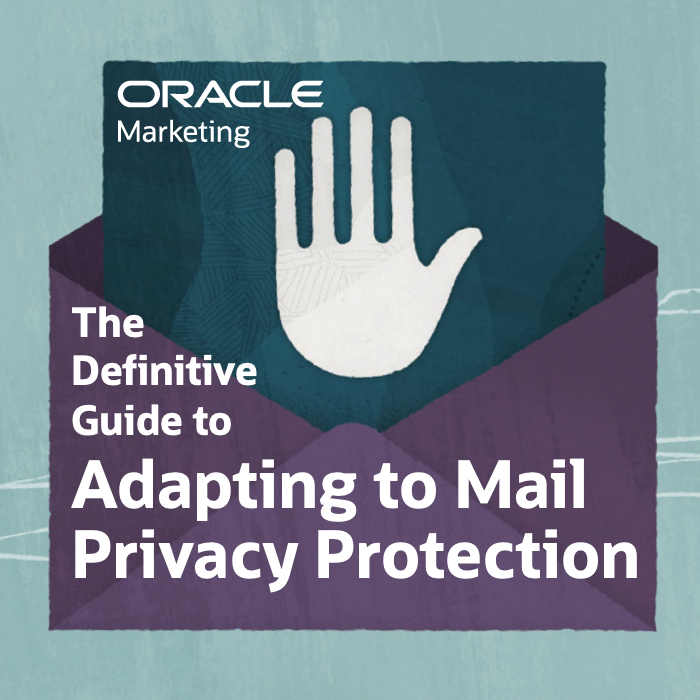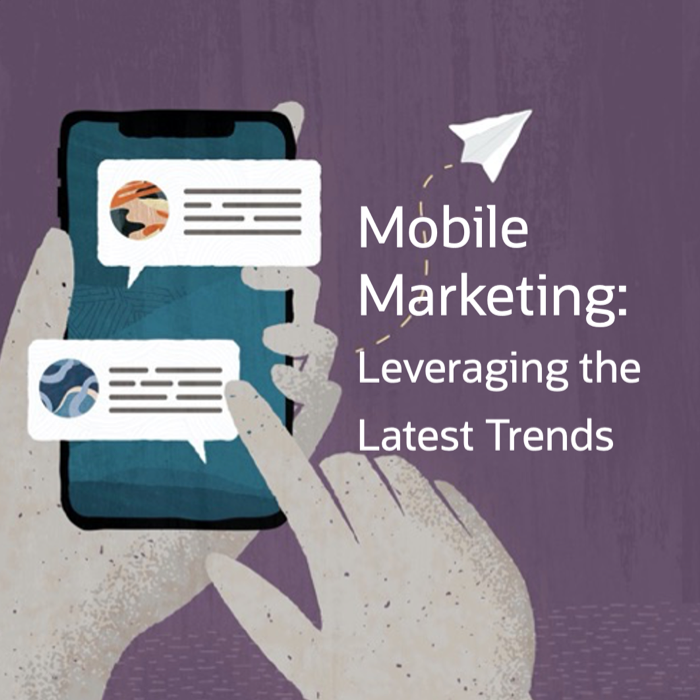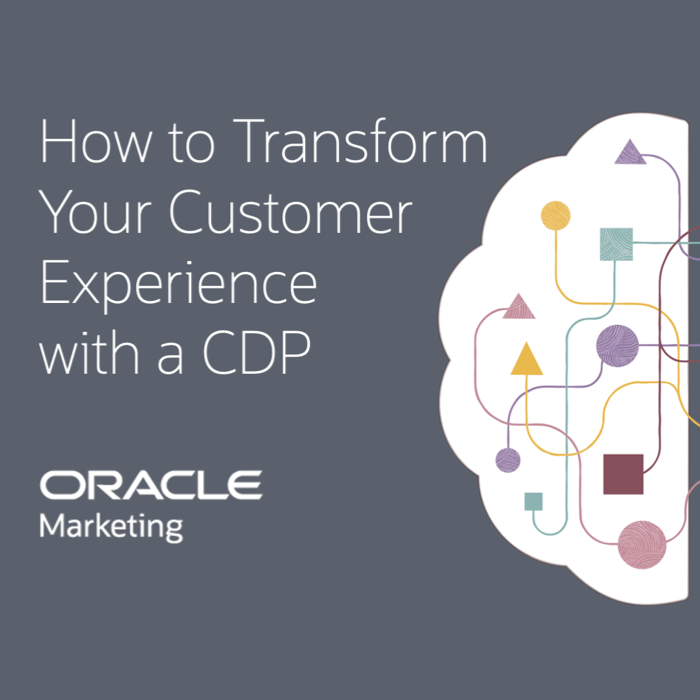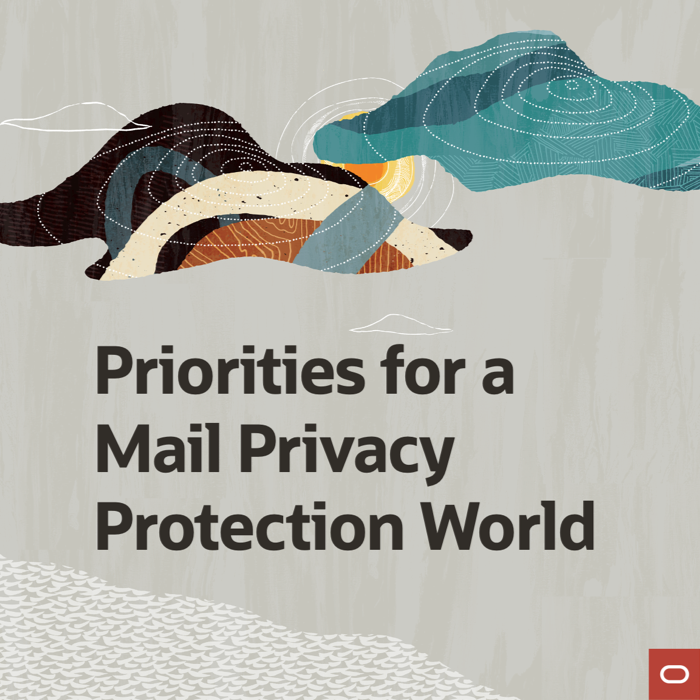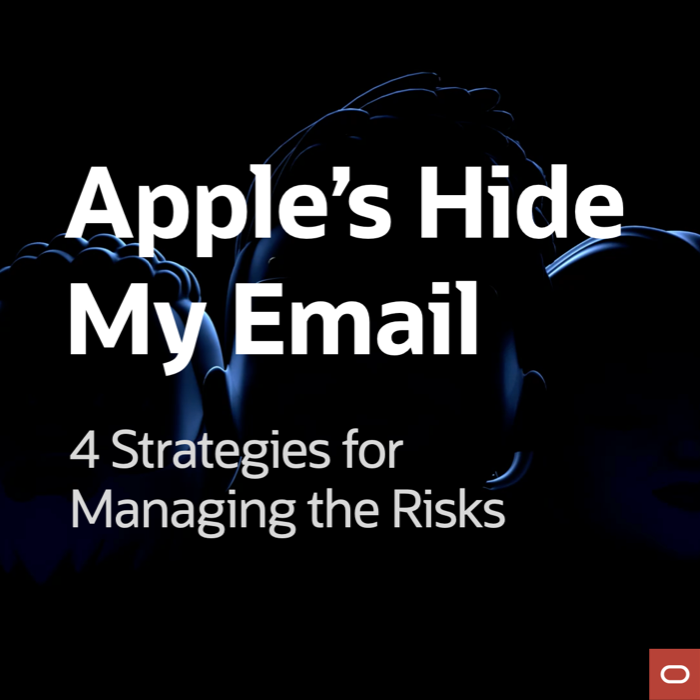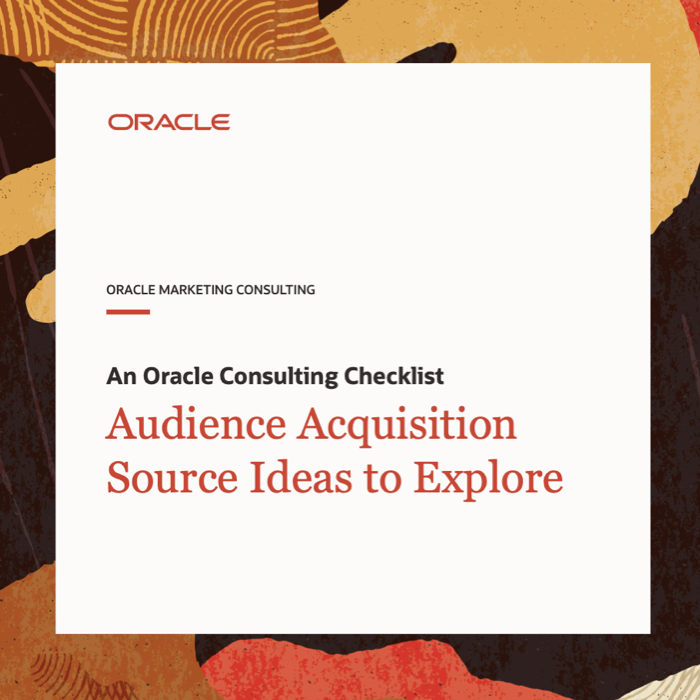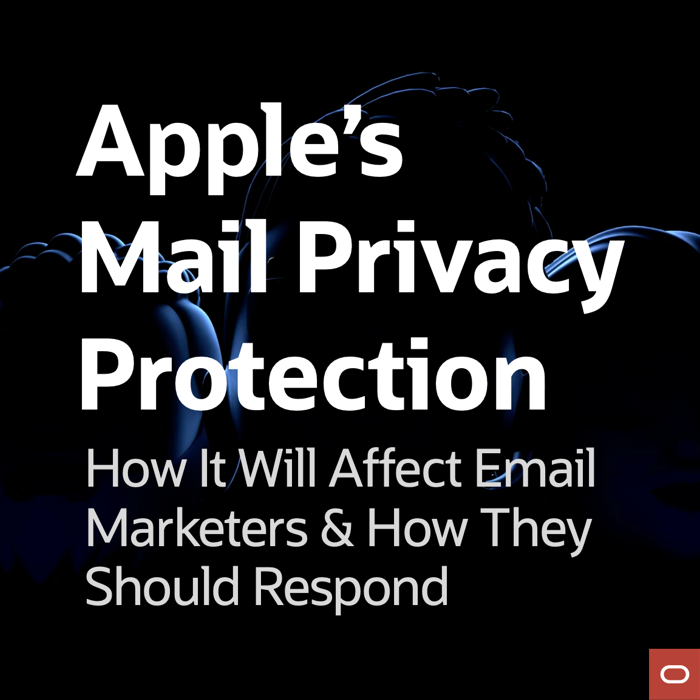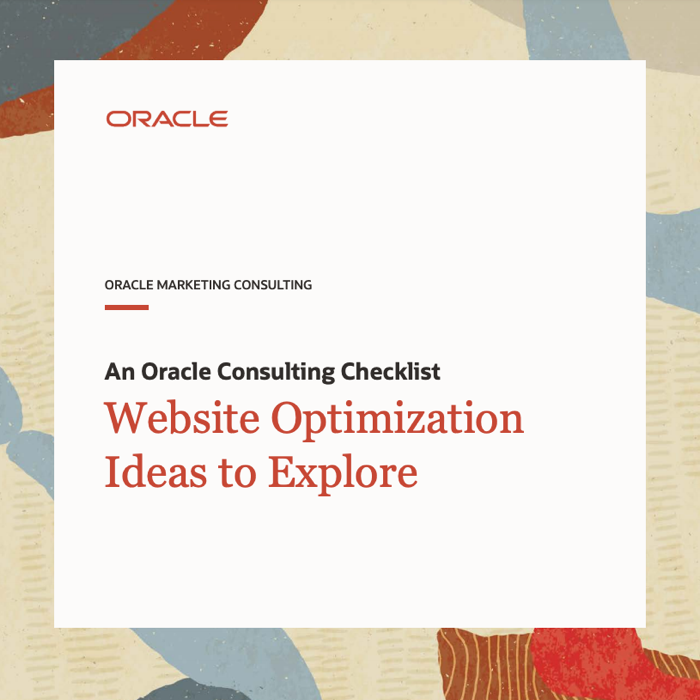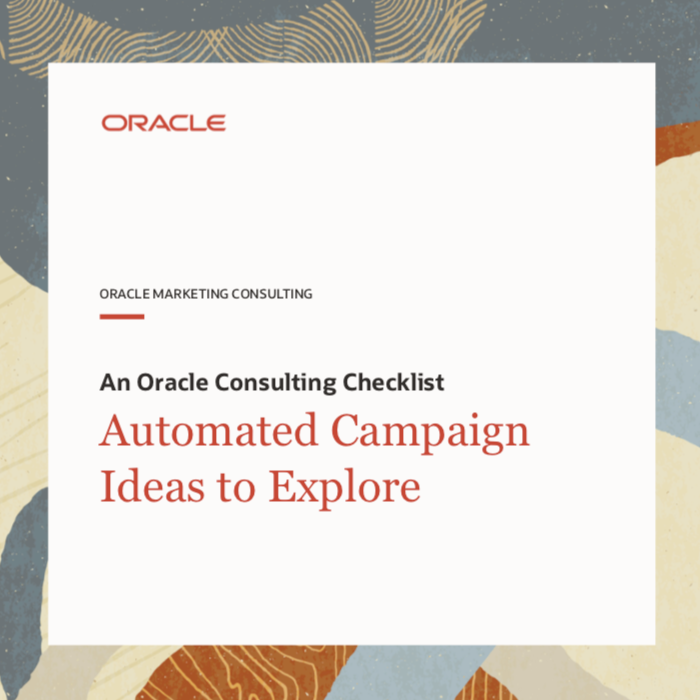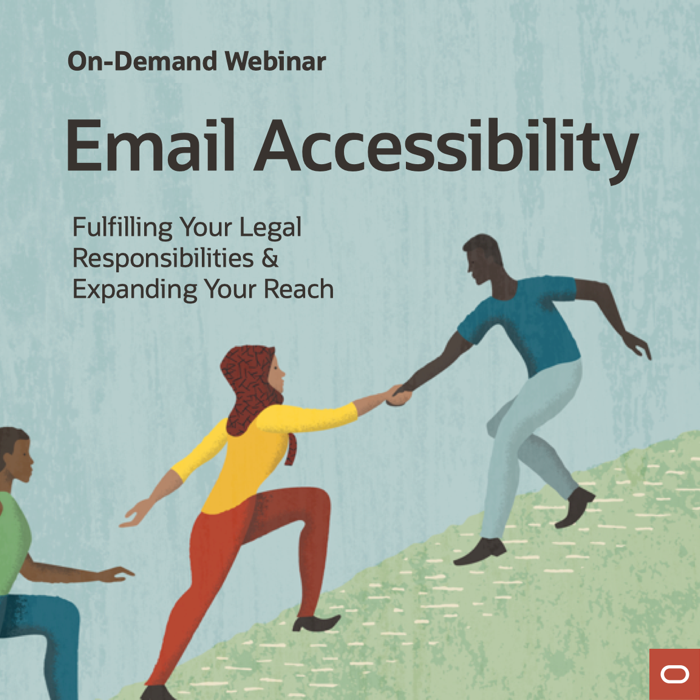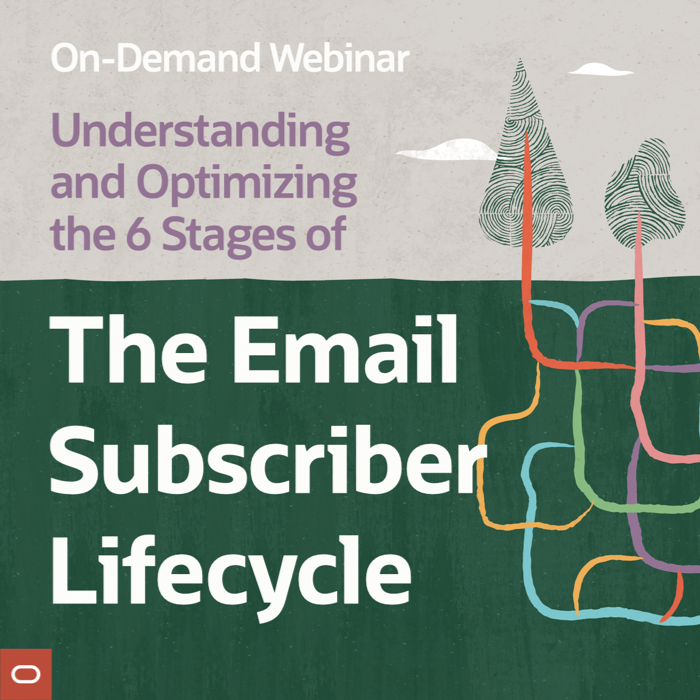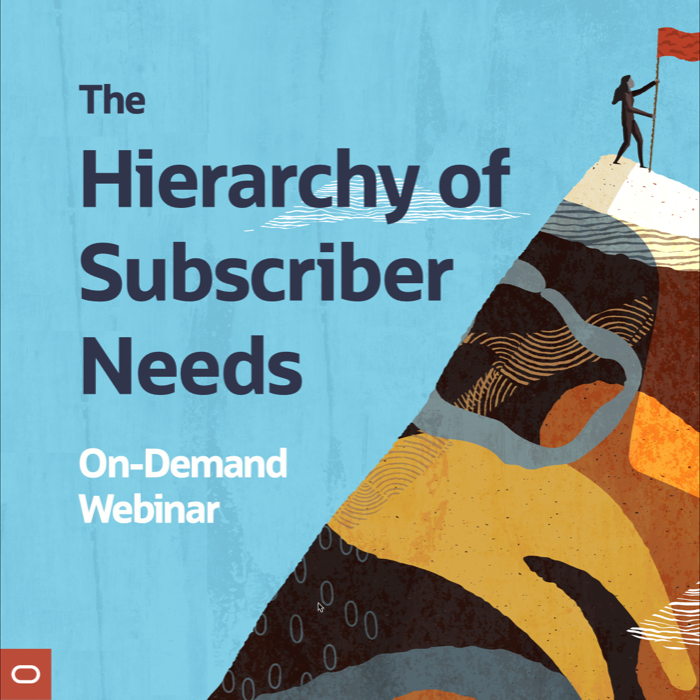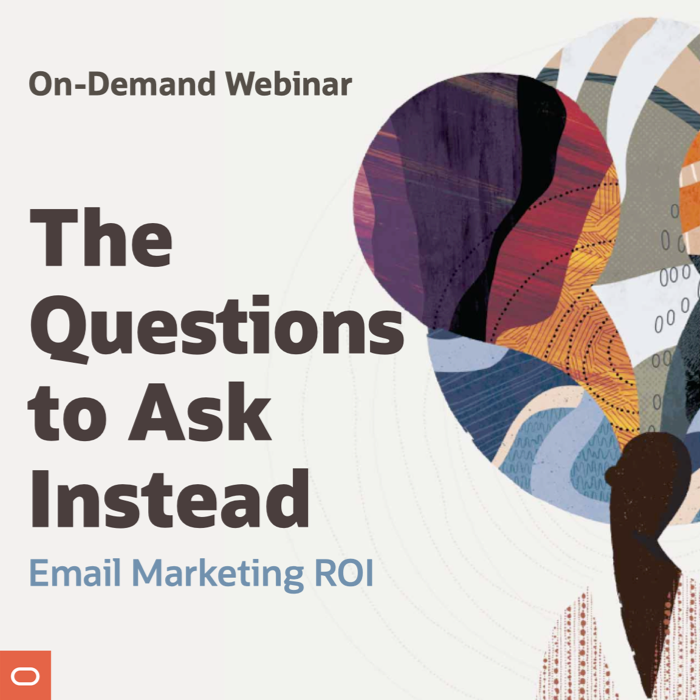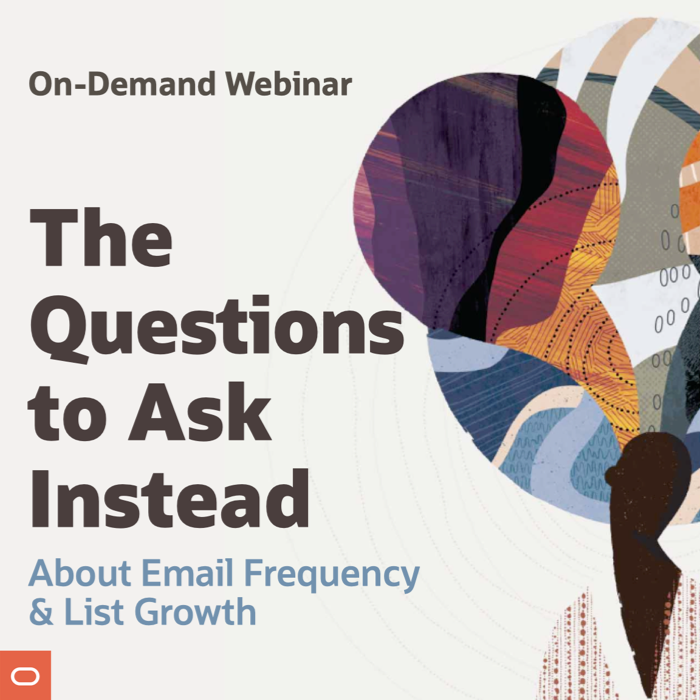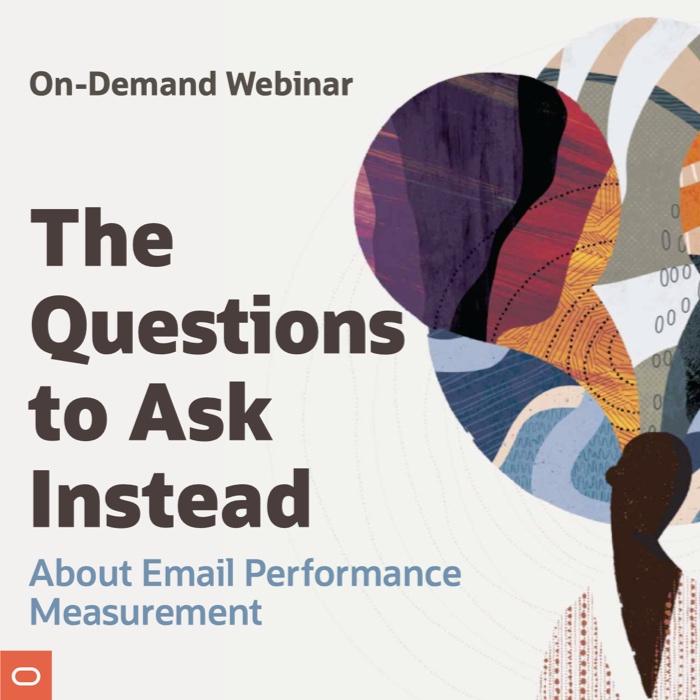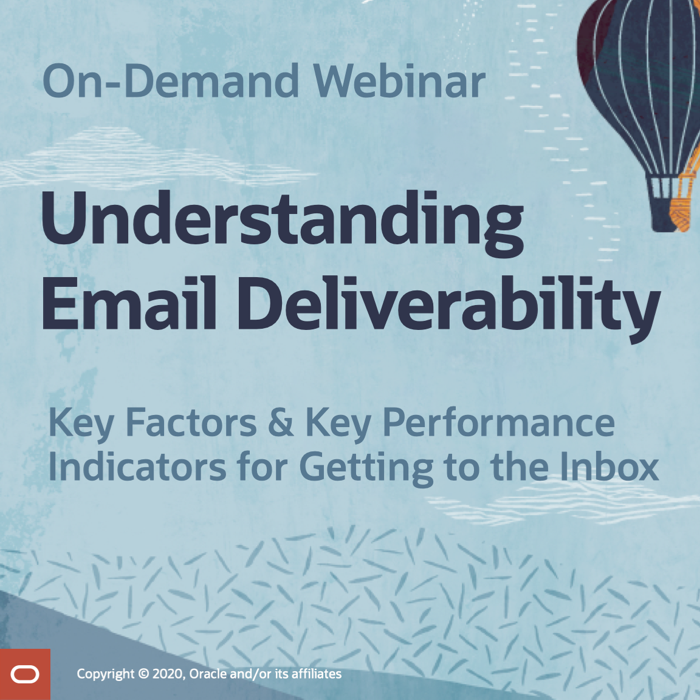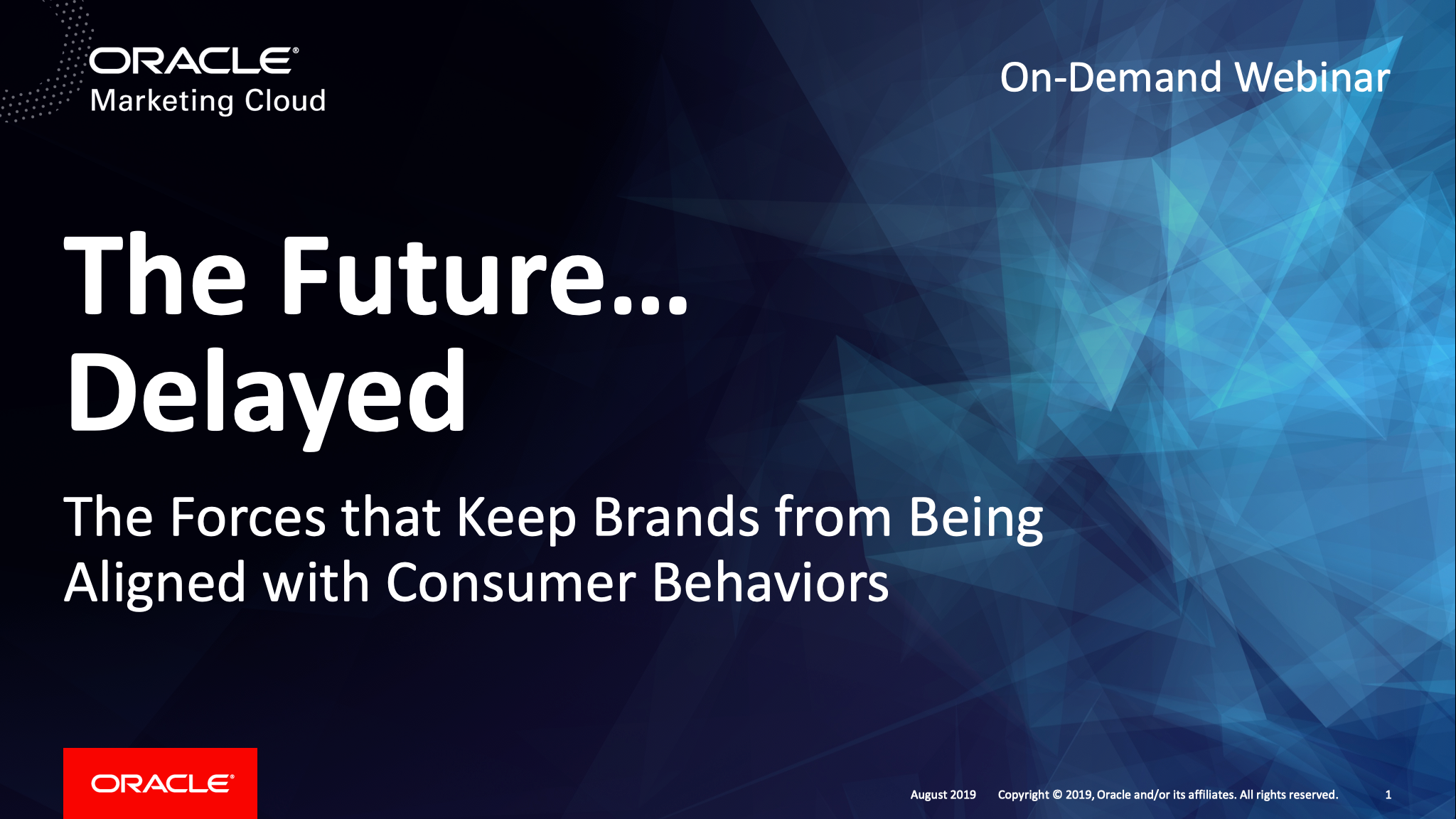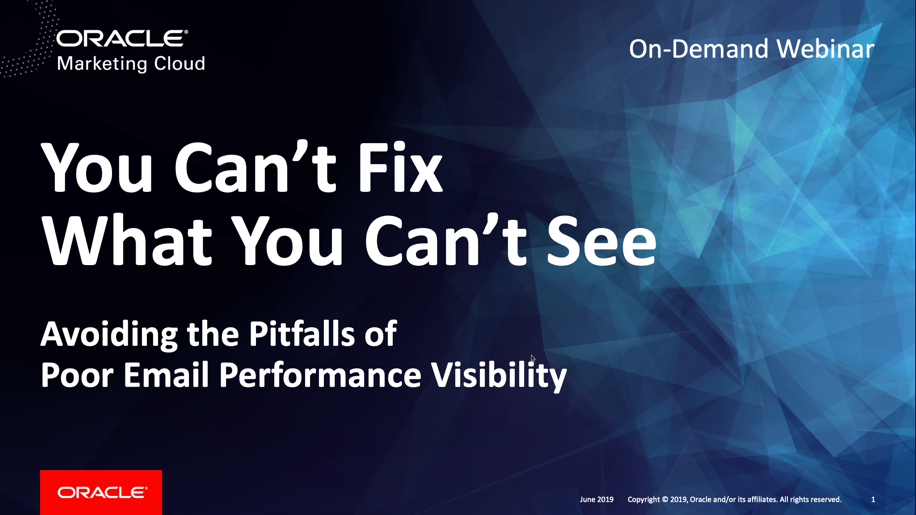The Last Word on October 2016
Posted on November 3, 2016
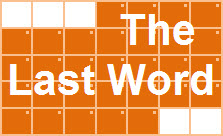 A roundup of email marketing articles, posts, and tweets you might have missed last month…
A roundup of email marketing articles, posts, and tweets you might have missed last month…
Must-read articles, posts & reports
2016 Lookbook (Shaw + Scott)
2016 Holiday Email Marketing Report (MailCharts)
Retailers to Prepare for Post-Election Holiday Shopping (National Retail Federation)
Get Your Customers Back With Excellent Win-Back Emails (Sleeknote)
Google has killed Email Marketing … Again (LinkedIn)
2017 will be the year of interactive email (Medium)
Insightful & entertaining tweets
The globals powers of the world are being hacked….via email. 2017 will surely bring a rise in encrypted and secured email clients https://t.co/a3E02CUBH1
— Anthony Chiulli (@AnthonyChiulli) October 27, 2016
When just one emoji in your preview text just won’t do. pic.twitter.com/1G9MIBQ3Cw
— Jaina Mistry (@jainamistry) October 27, 2016
Email, its strength and weakness, is how flexible it is in ways people don’t appreciate. A modern system would never be designed like this.
— SwiftOnSecurity (@SwiftOnSecurity) October 14, 2016
Noteworthy subject lines
Dell, 10/4 — Here it is! The new laptop that lets you decide. The choice is yours.
Lands’ End, 10/1 — Join Lands’ End in fighting breast cancer
Vera Bradley, 10/1 — Pick up Art Poppies for the cause…
M•A•C Cosmetics, 10/4 — Halloween: Space Squad – Galactic Ghoul & Space Vampire
Pier 1 Imports, 10/1 — Welcome to the after-party
Lego, 10/1 — New Exclusive Winter Holiday Train now available!
Peet’s Coffee, 10/1 — Our Holiday Blend preview roast is here!
The Container Store, 10/20 — Get Ready for Holiday Guests!
Neiman Marcus, 10/31 — Parties coming up? Our fashion director’s favorites
Hayneedle, 10/11 — 40% off Christmas trees? Yes, please! Plus dining, lighting & more.
IKEA, 10/14 — Easy, affordable ideas to get you ready for the holidays!
SeaWorld Orlando, 10/6 — Our New Christmas Hotel Package will make you merry
PersonalizationMall.com, 10/14 — Save 50% On Personalized Christmas Cards
Neiman Marcus, 10/19 — The 2016 Christmas Book is here! Fantasy Gifts, exclusive finds, styles of the season + more
ToysRUs, 10/29 — Our AWWWESOME holiday catalog is here – let the wishing begin!
Zulily, 10/30 — These toys are GAME CHANGERS! Come shop Santa’s Workshop
Pier 1 Imports, 10/6 — Be a part of the holiday crew.
ToysRUs & BabiesRUs, 10/1 — We’re Hiring!
RH, 10/26 — Luxe Faux Fur Gifts. Explore the Holiday 2016 Collection.
Barneys New York, 10/6 — Furry Textures Are Our Favorite Fall Accent
Under Armour, 10/4 — It’s Hoodie Season—You Ready?
The North Face, 10/30 — Warm boots for winter’s worst
GNC, 10/13 — It’s National Train Your Brain Day, Remember?!
IKEA, 10/12 — Chad: you’re invited to the IKEA Cook and Eat Your Way Event!
ASPCA, 10/7 — Hurricane Matthew: ASPCA Deploys Response Team
Wine.com, 10/21 — Top-Scoring Wines for Every Budget
Walmart, 10/4 — ******SPECIAL BUYS****** while supplies last
Gap, 10/20 — Don’t let FOMS happen (that’s Fear Of Missing Sale)
UncommonGoods, 10/26 — First World Problems: Solved
Anthropologie, 10/10 — Wear this dress. Make an entrance.
Blue Nile, 10/13 — Calling All Ring Fingers: Engagement Collections
Golfsmith, 10/14 — We’re Closing in Northborough & Bellingham – Take 40% Off Everything!
Applebee’s, 10/7 — Game Time – Go Boston!
New posts on EmailMarketingRules.com
Report: Adapting to Consumers’ New Definition of Spam
B2B Forum Presentation: Inbox Optimization
6 Shocking Subject Line Myths
Posted on October 12, 2016
 Subject lines are the most written about email marketing element, and they’re probably the most misunderstood as well. The internet is full of bad subject line advice that gets endlessly echoed until it has the ring of truth to it.
Subject lines are the most written about email marketing element, and they’re probably the most misunderstood as well. The internet is full of bad subject line advice that gets endlessly echoed until it has the ring of truth to it.
Here are six myths about subject lines that you may believe are true:
- Subject lines have the biggest impact on whether a subscriber opens an email.
- Subject lines can only impact email open rates.
- The subject line’s one and only goal is to get subscribers to open the email.
- To compel subscribers to open, subject lines need to grab their attention with provocative and intriguing language.
- The worst thing that can happen to an email is that it isn’t opened.
- If an email isn’t opened, then it’s like you never sent it.
For the truth about email subject lines…
>>Read the full post on the Litmus blog
Tips for Holiday Email Success
Posted on October 7, 2016
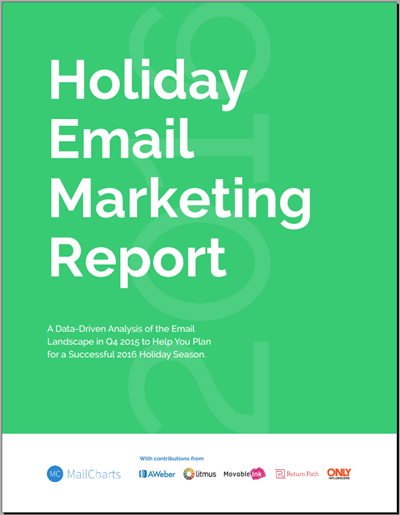 For online retailers, the holiday season is a critical time of the year. MailCharts’ 2016 Holiday Email Marketing Report includes analysis of email frequency, promotions, discounts, subject line copy, and much more that can help you plan the most effective campaigns.
For online retailers, the holiday season is a critical time of the year. MailCharts’ 2016 Holiday Email Marketing Report includes analysis of email frequency, promotions, discounts, subject line copy, and much more that can help you plan the most effective campaigns.
The report also includes holiday marketing advice from Litmus, as well as AWeber, Movable Ink, and Return Path. The advice I offered from Litmus included tips about email content planning, managing inactives, and triggered emails—particularly shopping cart abandonment emails.
In addition, the 114-page report contains lots of examples of seasonal email campaigns and subject lines.
>> Download MailCharts’ 2016 Holiday Email Marketing Report
The Last Word on September 2016
Posted on October 5, 2016
 A roundup of email marketing articles, posts, and tweets you might have missed last month…
A roundup of email marketing articles, posts, and tweets you might have missed last month…
Must-read articles, posts & reports
Update: Gmail Rolls Out Support for Responsive Design, Improved Font Styling + CSS for Accessibility (Litmus)
Subscription Bombing: COI, CAPTCHA, and the Next Generation of Mail Bombs (Spamhaus)
Reports of email’s demise have been greatly exaggerated (Venture Beat)
AOL’s new Alto mail client lets you take action from your inbox (TechCrunch)
It’s good to talk? Actually, no, I’ll send you a message, say mobile phone users (The Telegraph)
Email Continues to Deliver Strong ROI and Value for Marketers (eMarketer)
Insightful & entertaining tweets
Teens Use YouTube, Gmail More than Social Networks – eMarketer https://t.co/zcB7GQkCSB via @eMarketer
— Alyssa Nahatis (@ANahatis) September 22, 2016
Im pretty pumped about @Apple‘s new iOS 10 unsubscribe feature built into the native mail app! #emailmarketing pic.twitter.com/3Aean8sVDz
— Anthony Chiulli (@AnthonyChiulli) September 7, 2016
“The cognitive computing era is the next digital revolution.” – @rwlord #THINKmarketing #AWNewYork pic.twitter.com/mrklyYeIn5
— Jay Baer (@jaybaer) September 28, 2016
“Boosting customer retention by 5% can increase profits by as much as 80%.” Those…are big numbers. #wwdsummits
— Matt Lindner (@mattlindnerIR) September 21, 2016
“Don’t let the pixel perfect distract you. You care. Users don’t.” from @ericlepetitsf at #LitmusLive #emailmarketing
— Chris Sietsema (@sietsema) September 16, 2016
Noteworthy subject lines
Pier 1 Imports, 9/8 — Christmas cheer starts here!
Sony, 9/23 — Give Moments | Reserve Your Sony Holiday Catalog by 9/27
Southwest, 9/23 — Thanksgiving flights on sale! Book now.
GNC, 9/8 — Get Your Pumpkin Spice On. Without The Guilt.
ModCloth, 9/22 — ‘Ghouls’ just wanna have fun.
Democrats.org, 9/19 — $1 a day keeps Trump away
Fossil, 9/27 — We Interrupt This Broadcast…
Brooks Brothers, 9/28 — Shop our Made in the USA collection
Moosejaw, 9/6 — FREE $10 Coupon for taking a Survey
Epicurious, 9/7 — KFC’s Secret to Better Fried Chicken
Apple, 9/23 — Apple Watch Series 2 is here.
Under Armour, 9/28 — Every Athlete Needs A Swacket
J.Crew, 9/22 — What is “tomgirl”? (Plus, watch J.Crew Style Hacks.)
Gap, 9/12 — That great feeling when asked “Where’d you get your dress?”
Under Armour, 9/20 — The Weather Doesn’t Matter
J.Crew, 9/20 — Fall starts in 2 days. Get ready with 25% off $150+ & free shipping.
Brooks Brothers, 9/20 — Fall’s almost here. So are 150+ new arrivals.
eBags, 9/22 — First Day Of Fall, Last Day of 20% Off
GapKids, 9/22 — 9/22: AKA first day of Fall, AKA time for outerwear
Scotts, 9/23 — Fall Has Arrived — Seeding Season Is Here!
Walgreens, 9/27 — Get the flu shot that helps a child in need
Gucci, 9/22 — The Women’s Spring Summer 2017 Fashion Show
FansEdge, 9/12 — Get It By Friday. Wear It On Gameday.
Gander Mountain, 9/7 — NRA Weekend at Gander Mountain
Barneys New York, 9/12 — The Handbags Everyone is Carrying at New York Fashion Week
MAC Cosmetics, 9/12 — Chat Live with a Makeup Artist + Get Advice with Photo Upload Now. Plus FREE Sample with Purchase
Neiman Marcus, 9/7 — TOM FORD live runway video starts 8:15 PM CT
Lands’ End, 9/12 — 25% off + even dozing pups are big fans
Express, 9/23 — #FitnessFriday inspo + Clearance is up to 70% off!
Aeropostale, 9/20 — Closing Many Stores! Phenomenal Savings! 50% off Polos
New posts on EmailMarketingRules.com
Answers to 4 Burning Questions about Gmail Supporting Responsive Design
Webinar: Top Tips to Drive More Conversions from Email
4 Kinds of Email Addresses That Are Damaging Your Deliverability
Infographic: Many Email Marketing Mistakes Going Undetected
Why You Shouldn’t Use Opens to Gauge Subject Line Success
Report: 2016 State of Email Design
The (Largely Invisible) Key to Holiday Email Marketing Success
Answers to 4 Burning Questions about Gmail Supporting Responsive Design
Posted on September 30, 2016
 As of the wee hours of this morning, Gmail began rolling out support for media queries across its webmail and iOS and Android email apps. This follows their Sept. 14 announcement about the change, which included developer documentation. And that Gmail announcement followed the announcement in August that Microsoft is partnering with Litmus to improve rendering in Outlook.
As of the wee hours of this morning, Gmail began rolling out support for media queries across its webmail and iOS and Android email apps. This follows their Sept. 14 announcement about the change, which included developer documentation. And that Gmail announcement followed the announcement in August that Microsoft is partnering with Litmus to improve rendering in Outlook.
Gmail supporting responsive design raises four important questions:
- Do marketers need to use hybrid email design anymore?
- Do marketers need to inline CSS in their emails anymore?
- Can marketers now use interactive email elements in Gmail?
- What’s driving these changes at the inbox providers?
I answer each of those questions in my latest Marketing Land column.
>> Read my entire column on MarketingLand.com
Webinar: Top Tips to Drive More Conversions from Email
Posted on September 27, 2016
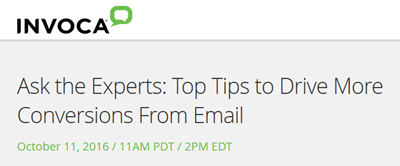 Over 50% of emails today are opened on mobile devices. Savvy email marketers are implementing a mobile first strategy focused on providing a consistent, personalized customer journey that drives both online and offline conversions from email, including calls and in-store visits.
Over 50% of emails today are opened on mobile devices. Savvy email marketers are implementing a mobile first strategy focused on providing a consistent, personalized customer journey that drives both online and offline conversions from email, including calls and in-store visits.
Join me and my fellow panels—Sigstr VP of Customer Success David Duke and Invoca Director of Product Marketing Paul Rudwall—on Oct. 11 at 2pm ET as we discuss the newest and most effective tactics to drive more conversions from email, including:
- Tactics to create a mobile-first email experience
- Tales of success from leading email marketers
- Tools to measure all conversions from email, and get credit for all the calls that your email campaigns are driving
- Tips to leverage caller data, to provide better email segmentation and a more personalized customer journey
 Email Marketing Rules
Email Marketing Rules